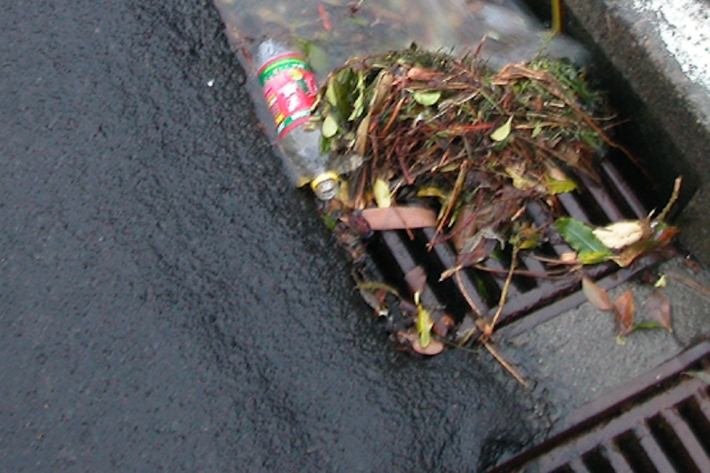-

Develop a suite of control tools
Research aim: Developing a suite of control tools -

Develop predictive models
Research aim: Developing predictive models -

Understanding clam impacts
Research aim: Understanding clam impacts -

High Frequency Water Quality Monitoring Guidance
Research ProjectUpdated 2025 – guidance for water quality monitoring in rivers, lakes and estuaries -

Urban Runoff Quality Information System (URQIS)
ServiceNIWA's Urban Runoff Quality Information System (URQIS) provides planners, engineers and researchers with information about the quality of stormwater from different locations and landuses and under different flow conditions. -

Putting algae to work
Feature story15 December 2022Can native freshwater algae help restore the mauri of local waterways? Lawrence Gullery investigates. -
Satellites reveal NZ’s coastal health
Media release21 September 2022For the first time, satellites have been used to track coastal water health around Aotearoa New Zealand. -
Demand grows for NIWA’s Riparian Management Training
Media release09 June 2022NIWA has updated and restarted a course using a riparian planning tool developed by one of its former chief scientists more than 20 years ago. -

Waikato Dynamic Models Project Proposal
Protection of the Awa Models enable us to predict how different uses of the land and water will impact river and stream health. -

Bottom lining for the control of submerged lake weeds
Bottom lining is the installation of a flexible covering over the top of beds of aquatic weeds, similar to using weed matting in home gardens. This control method is also called ‘benthic barriers’. -

Report: Trends analysis for selected indicators of Waikato River health and wellbeing 2010-2019
ServiceReport: Trends analysis for selected indicators of Waikato River health and wellbeing 2010-2019 -

New weapon in fight against invasive aquatic weeds
Media release20 July 2021A combination of artificial intelligence and scientific ingenuity looks set to be the next step forward in protecting Aotearoa New Zealand’s lakes and rivers from invasive aquatic weeds.


